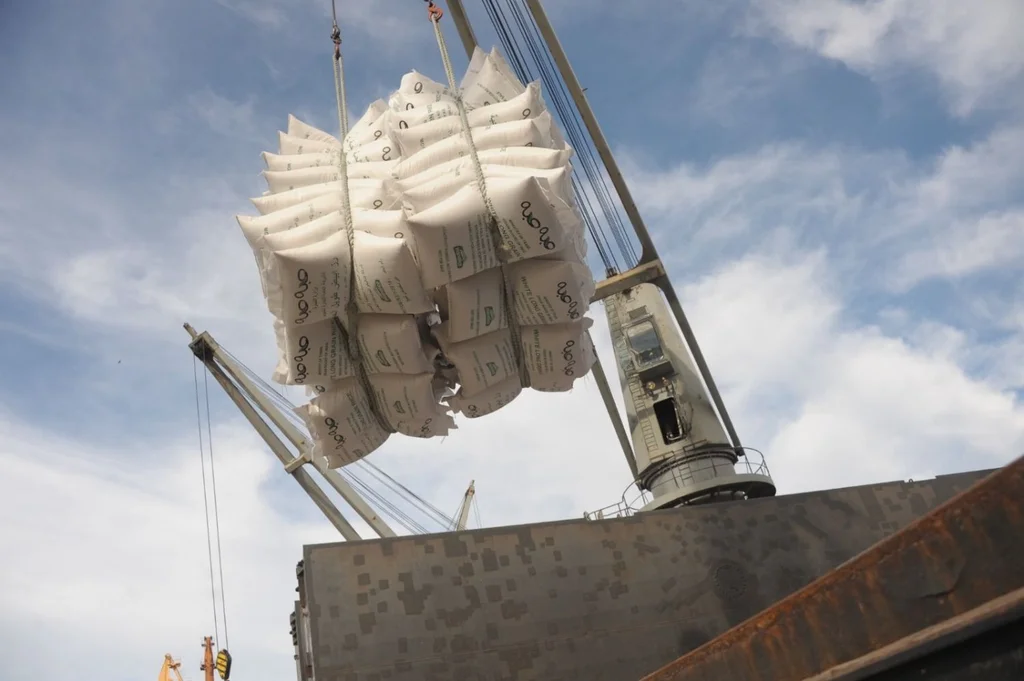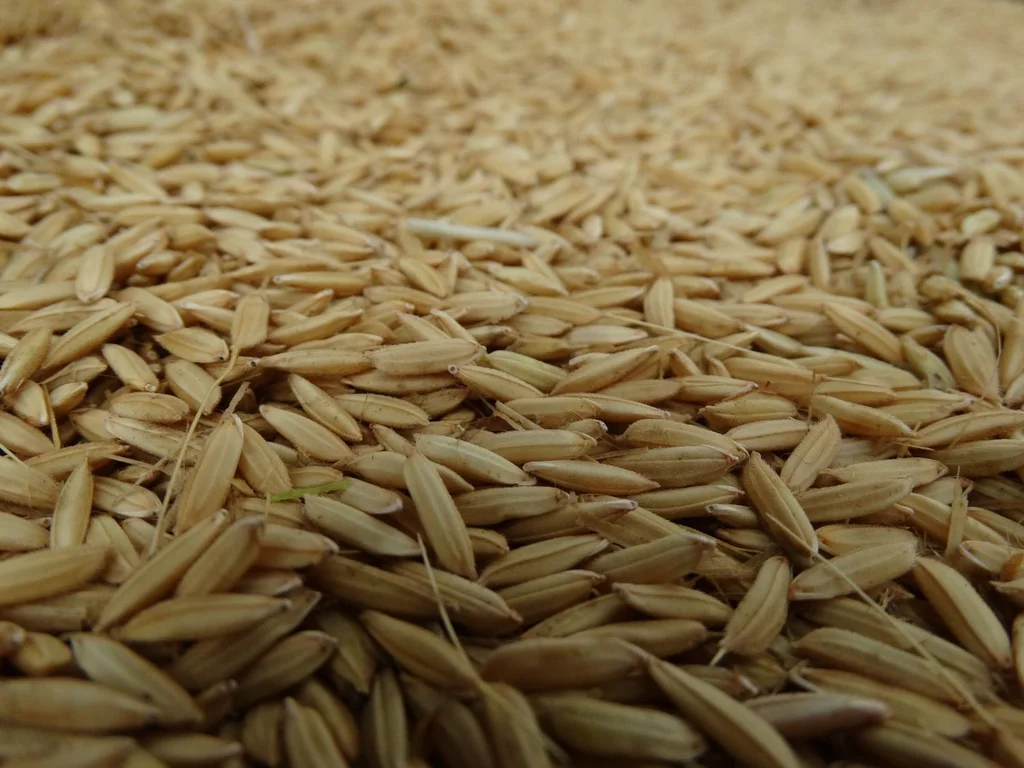The 2021/2022 rice harvest ended in mid-May with the second highest yield in history, 9,250 kilos per hectarea mark surpassed by last year’s record (9,400 kilos).
In an area of 164 thousand hectares, production exceeded 1.5 million tons.
It is a quantity of rice that, to find a larger quantity, must go back to the 2010/2011 harvest (a record of 1.63 million tons), but with a relevant difference: that volume was largely explained by the area, 195,000 hectares, when now, although the surface continues to grow and is relevant, the great explanation lies in productivity.
Alfredo Lago, president of the Rice Growers Association (ACA), stressed that “once again the productive evaluation is very positive”as a result of the knowledge, investment and effort of the rice farmers, their families and work teams, and how the weather has behaved since the start of planting in October, although there were difficulties during the production cycle that impacted several farms.
The volume of rice that was sent from the farms to the industrial complexes is such that it practically eliminates the idle industrial capacity that was expressed in previous campaigns.
“We are at levels that, if we look at them in terms of the agro-industrial chain, generate a good balance,” he stressed.
john samuel
The paddy area can be regrown for next spring’s planting.
Half of the rice has already been sold
Another important fact is that in mid-May, with the harvest work just completed, 50% of the rice has already been marketedin a sector where almost all grain is exported.
That some 750 thousand tons have already been placed admits several readingsyes On the one hand, it provides a very good information base so that by the end of June, when industrial producers meet, solid data will be available for the price discussion.
In addition, in a context of logistical difficulties in the world and in Uruguay –due to the stoppages that have taken place in the port of Montevideo–, the fact that half of what was produced has been shipped from the country is a good indicator, since Those placements are already safe from setbacks and uncertainties, he said.

Alfonso Zorrilla
In mid-May, half of the harvested rice was shipped.
On the other hand, given the reality of a very dynamic market and a price that today is not bad, but not one of the best either, it is seen as something not so encouraging that there is that speed in placements. “Perhaps we are in a year to not go so fast, we understand that there are elements that can determine prices a little more toned during the second semester”, he pointed out, although he admitted that this is very subjective, given that in rice, unlike what As with other grains, there is no futures market, prices depend on current supply and demand.
This rice, already placed, was destined for 40% of European countries, with an average value of US$ 480 per ton for the integral. Similar values have been given for placements in Brazil, for 20% of what is exported. The rest of the rice sold has gone to other markets, such as Turkey, Mexico, Costa Rica and Peru.
“The current price is not high, but they can end up forming favorable deals for the producer as well,” he added.
To see if the area will grow in the 2022/2023 planting (for the fourth consecutive year), we must wait for the behavior of key factors: costs, income and what water reserves will reach spring – a “normal” winter is needed it was raining,” Lago said. If there are no mishaps another advance is expected, not of 20 thousand hectares as in 2021, but it does leave the cultivated area close to 180 thousand hectares.
“If one compares, the rice business is not as striking as that of other grains, there was no push in values as in wheat, soybeans or corn, but there were positive results and the producer is going to look for a little more area,” he concluded. .

john samuel
Most of the 2021/2022 rice was exported to Europe.


















